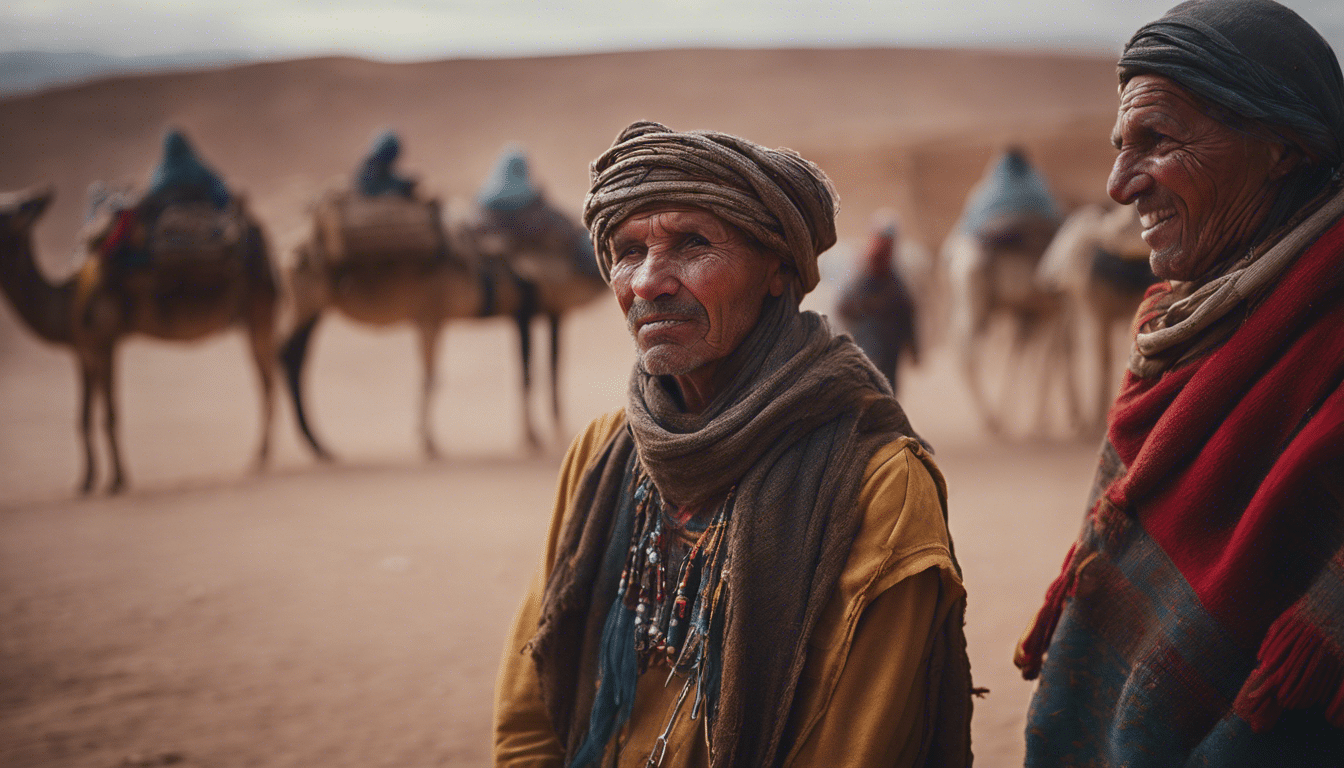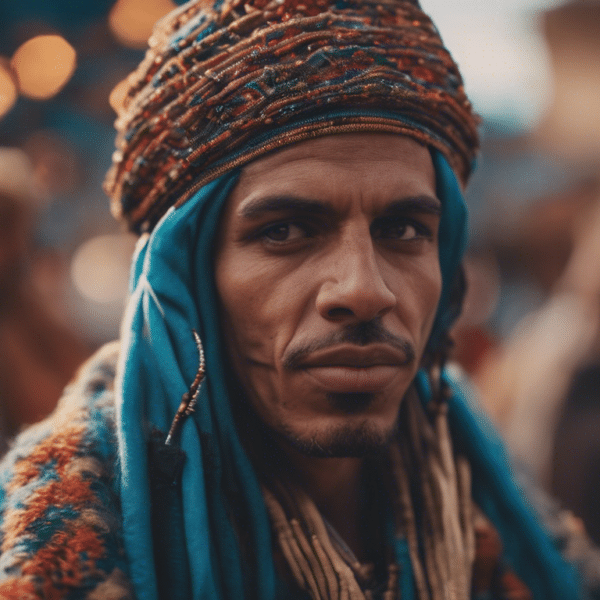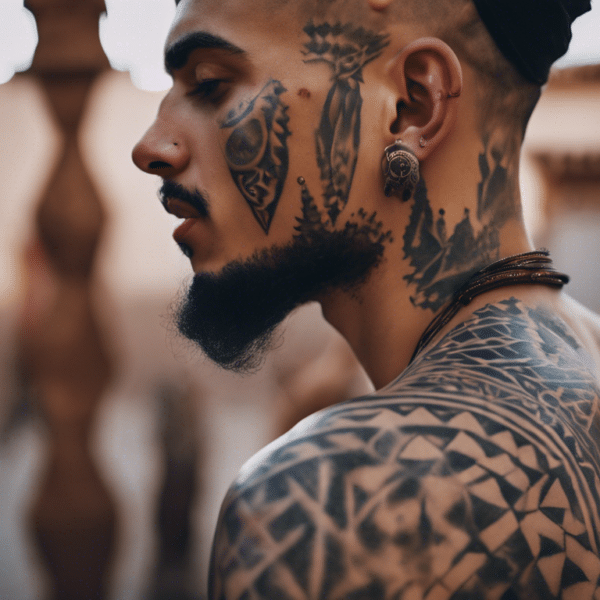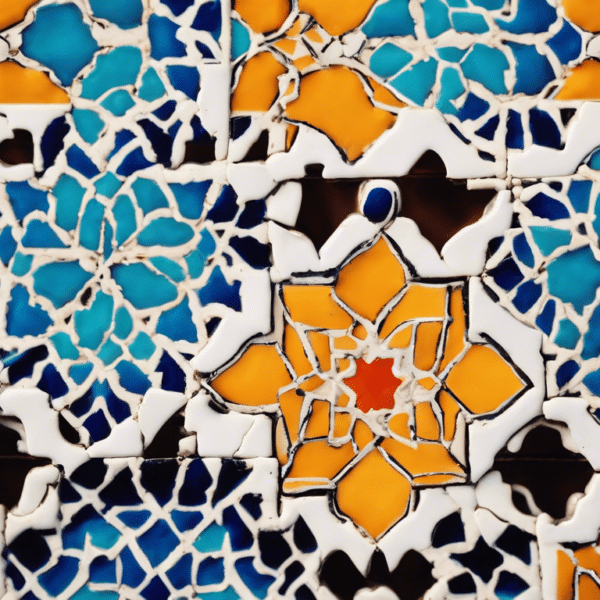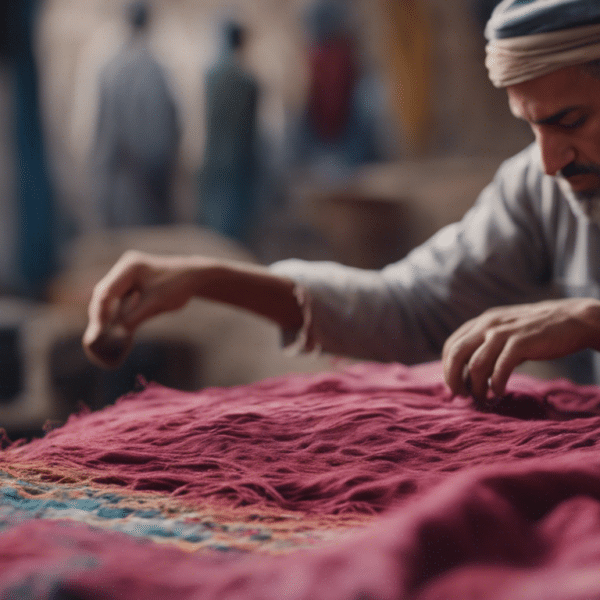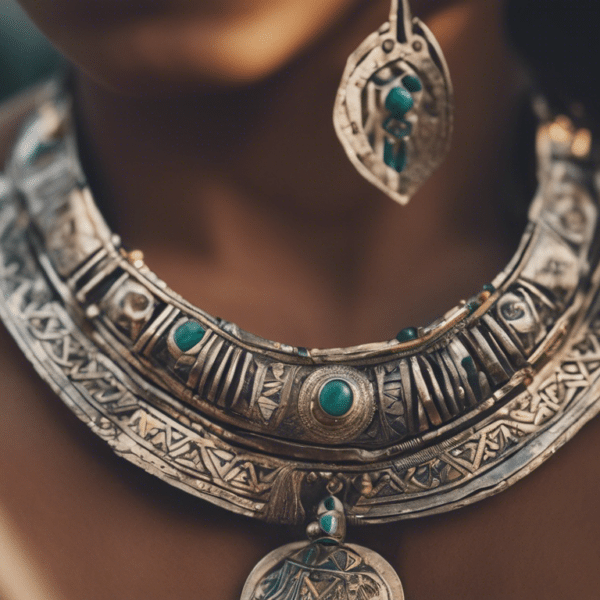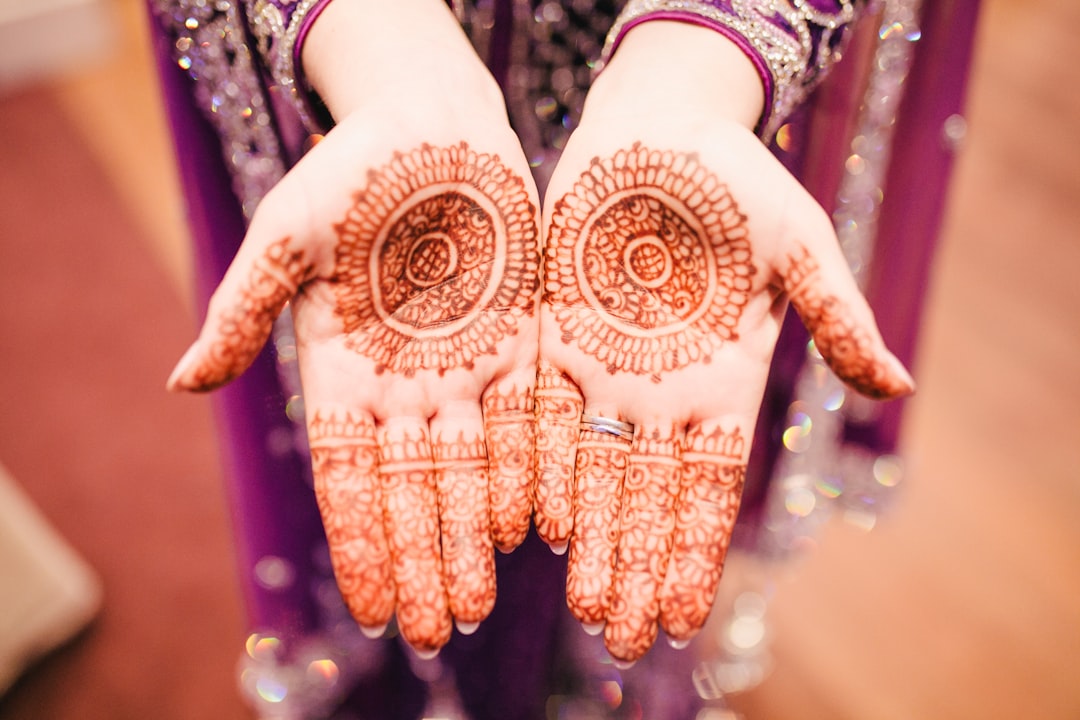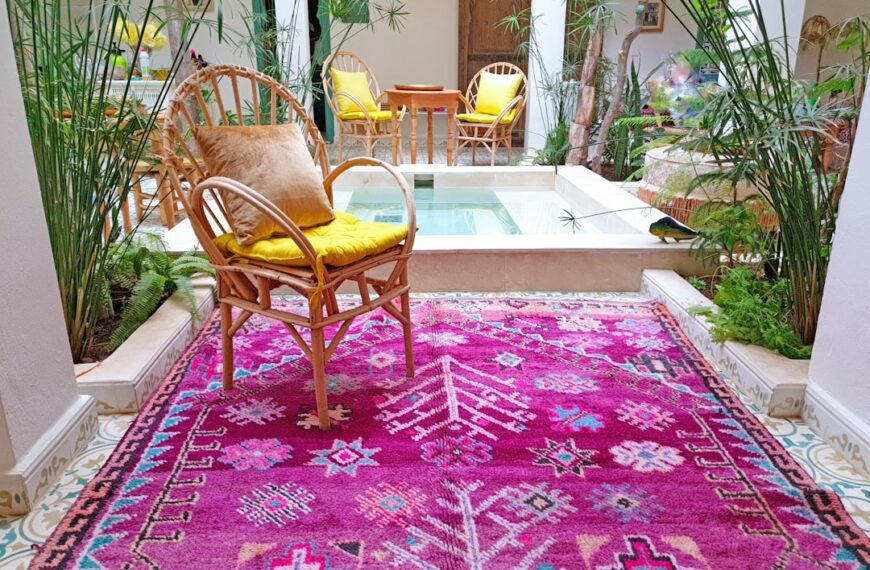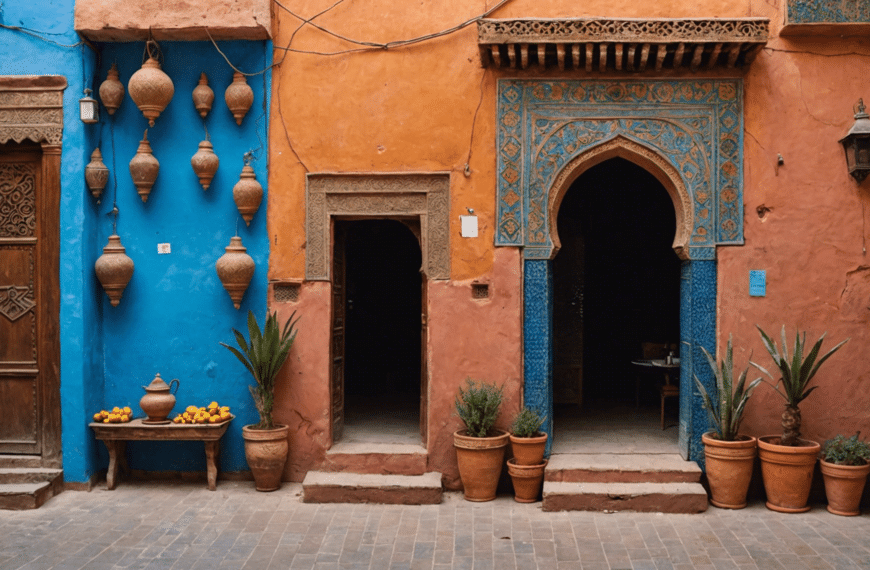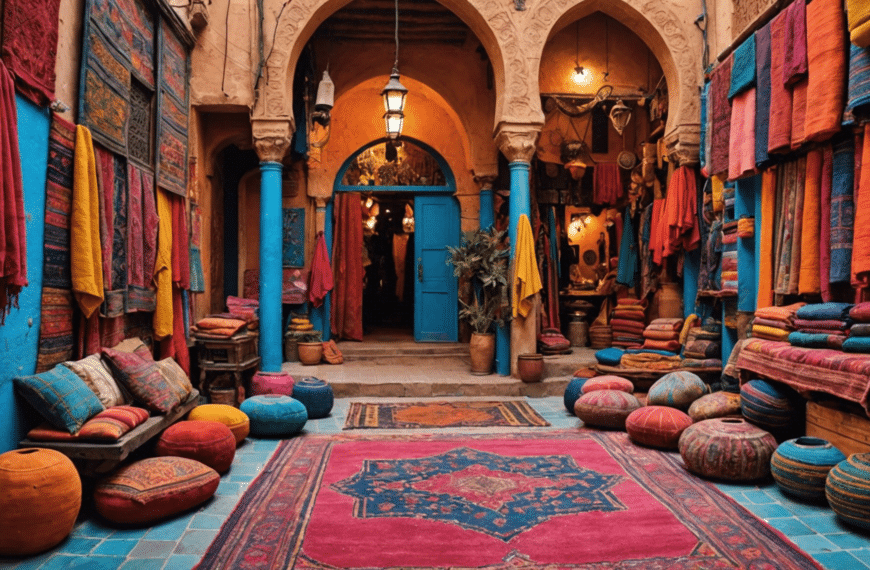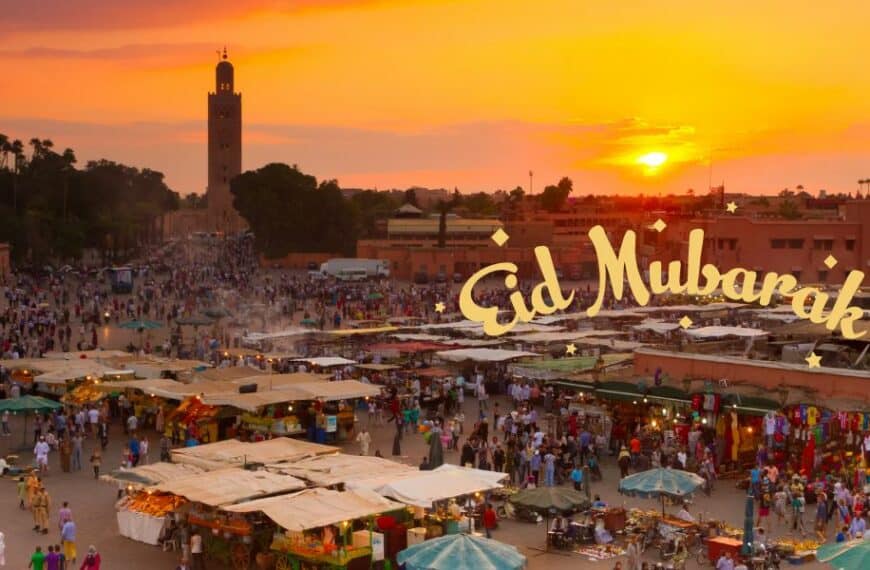Picture this: nestled within the rugged Atlas Mountains, amidst the undulating dunes of the Sahara, lies a rich tapestry of culture woven by the enigmatic Berber tribes of Morocco. As we journey into their world, we unveil a treasure trove of ancient traditions, preserved through time in the heart of North Africa. In this exploration, we’ll discover the enduring legacy of Berber craftsmanship, music, and way of life—a testament to the resilience and creativity of these storied people. Join me as we delve into the wonders of Morocco’s original inhabitants and unravel the lessons their heritage imparts to the curious traveler.
Understanding Berber Heritage and Culture
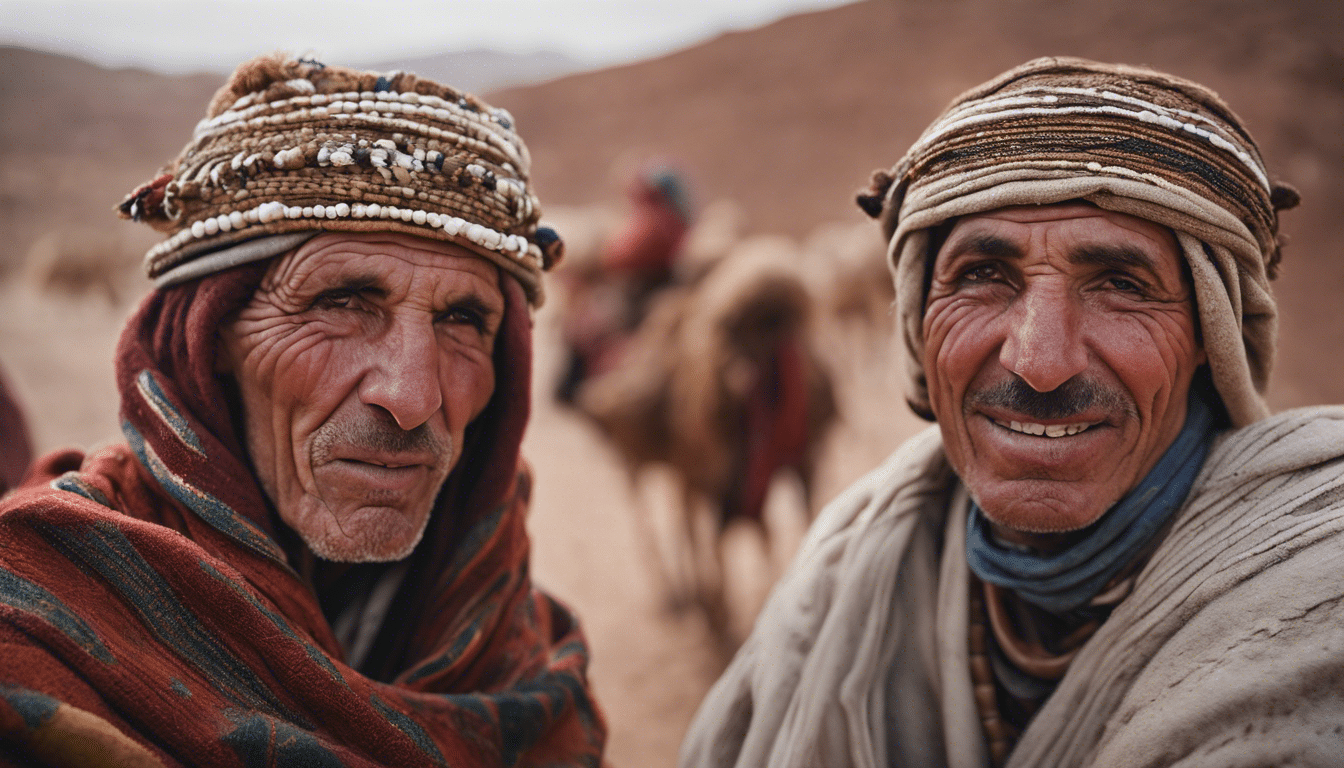
Deep within the rolling hills and stretching deserts of North Africa, the Berber tribes whisper tales of a past cloaked in the mists of time, their culture pulsating through the veins of the continent. The Berber heritage is a mosaic, a vibrant tapestry woven with threads of ancient customs, language, and art, all encapsulated in the daily lives of these indigenous people. To delve into their world is to journey back to the roots where the heart of North Africa beats the strongest.
The Origins and Identity of Berber Tribes
When the sun casts its first golden rays over the North African landscape, it illuminates a land steeped in history. The Berbers, known to themselves as the ‘Amazigh’, have been the custodians of this rugged terrain since time immemorial. Often referred to as the true sons and daughters of the region, their presence dates back thousands of years, predating the arrival of Arabs in the 7th century.
Language: The Soul of Berber Culture
Language is the lifeblood of a culture, and for the Berbers, Tamazight is their linguistic heritage. It exists in numerous dialects, each telling its own story of regional influences. Despite the pressures of cultural assimilation, Tamazight has endured as an embodiment of Berber identity, and in some countries, it has recognized status alongside Arabic.
Berber Art and Aesthetics
To immerse oneself in Berber art is to witness a world where symbolism and functionality intertwine. From the intricate patterns woven into each carpet to the sturdy walls of the Kasbahs, each piece and structure is imbued with meaning. The tattoos adorning the bodies of Berber women are not mere decorations but narratives of their lives and markers of their strength.
Spirituality and Beliefs
The spiritual world of the Berbers is as complex as it is fascinating, combining elements of pre-Islamic beliefs with Islamic tradition. Ancient rituals and celebrations, such as the Amazigh New Year, coexist with the practices brought by the spread of Islam, creating a unique religious tapestry that reflects their open and adaptive nature.
Traditional Berber Lifestyle
The Berber lifestyle is a beautiful illustration of harmony between the community and the often harsh, unforgiving landscapes they inhabit. Moving in rhythm with nature, their nomadic tendencies speak to the age-old practice of transhumance – the seasonal movement in search of pastures new. Meanwhile, those who have settled shape their lives around the resources at hand, crafting homes from the very earth beneath their feet.
Preserving Berber Heritage in Modern Times
In contemporaneous veins, the pulse of Berber heritage still courses strongly. Efforts to preserve their culture, from language revitalization programs to festivals celebrating Berber craftsmanship, are ensuring that these traditions do not fade into the annals of history. Museums, cultural centers, and academic studies are pivotal in this endeavor, casting new light on the intricate history of the Berber tribes.
As we explore the richness of the Berber heritage and culture, let us remember that these traditions are not relics of the past but are living, breathing aspects of North African life. They are a reminder that our collective history is defined not by the boundaries we see on maps but by the enduring spirit of the people who walked the land long before those lines were drawn. The understanding of Berber heritage and culture – the very essence of what makes them a singular force – is a journey that offers invaluable insight into the soul of North Africa.
The Significance of Oral Traditions
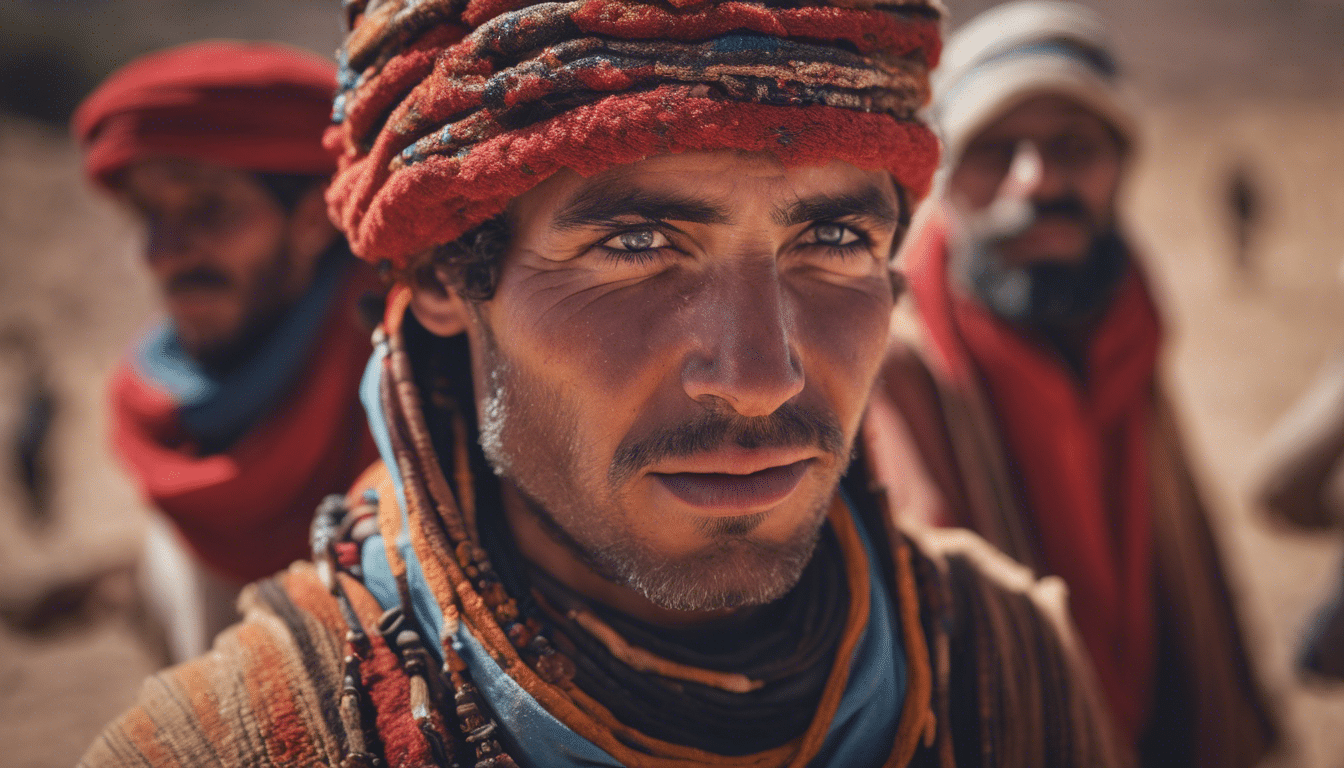
Nestled within the diverse landscapes of North Africa, the Berber tribes have etched a living tapestry rich in cultural significance. At the heart of their enduring legacy lies the power of oral traditions–storytelling, poetry, and song–which have been the lifeblood of Berber identity for centuries. These are not mere tales; they are the threads that weave together the past and present, offering valuable insights into the lives of the Berber people.
Stories Passed Down Through Generations
Imagine the flickering campfire under a starlit desert sky, elders recounting tales of valor and wisdom to wide-eyed youths. For Berber tribes, oral narratives are the repository of their collective wisdom and ethos. These stories, passed down from generation to generation, are more than entertainment. They encapsulate the moral codes, social norms, and the profound connection the Berbers share with their land.
The Role of Music and Poetry in Berber Culture
In the realm of the Berbers, music and poetry are not just art forms; they are the pulse of their cultural identity. Music, with its rhythmic beats and haunting melodies, accompanies every significant event — from festivals to funerals, echoing the deep roots of Berber heritage. Poetry, often improvised, is a respected craft that paints the trials and tribulations, joys and celebrations of daily life. Both elements serve as mnemonic devices, aiding the memory of the storytellers and ensuring the transmission of knowledge remains intact.
Language: The Carrier of Cultural DNA
The Berber languages, collectively known as Tamazight, are more than a means of communication. They carry the cultural DNA of the tribe, containing the secrets, traditions, and the very essence of Berber life. The oral traditions are strongly tied to the language, each word carrying history’s weight and the profundity of their ancestors’ experiences.
Preserving History in a Modern World
In a swiftly modernizing world, the Berber tribes continue to hold fast to their oral traditions, but their stories now face the threat of silence amidst the encroaching dominance of global culture. It is incumbent upon not only the Berbers but also cultural enthusiasts worldwide to preserve these rich oral treasures. Through recordings, transcription into writing, and teaching, the essence of the Berber spirit can continue to resonate for future generations.
Oral Traditions as Educational Tools
Berber oral traditions are not just relics of the past to be shelved and admired; they are vibrant educational tools. The youth learn vital life lessons, understand their history, and practice the linguistic subtleties of their mother tongue through these oral practices. This educational aspect ensures the ongoing relevance of the oral traditions — as they adapt and evolve with each new generation.
Celebrating the Berber Heritage
Today, the rich tapestry of Berber traditions is celebrated through festivals and cultural events that attract visitors worldwide. These celebrations serve as a reminder of the power of voice, the importance of memory, and the unbreakable bond of community inherent in the Berber way of life. Through participation and recognition, the oral traditions of the Berber tribes gain the strength to endure, bridging the gap between the ancient and the modern with every spoken word.
In the story of human civilization, the Berber tribes stand out as a testament to the enduring power of voice and memory. The significance of their oral traditions reaches beyond the sands of the Sahara, echoing the universal human need to connect, preserve, and understand our shared history. Through the continued sharing of these stories, the Berber tribes remain guardians of a vital cultural heritage that speaks to all of humanity.
Daily Life and Social Structure of the Berbers
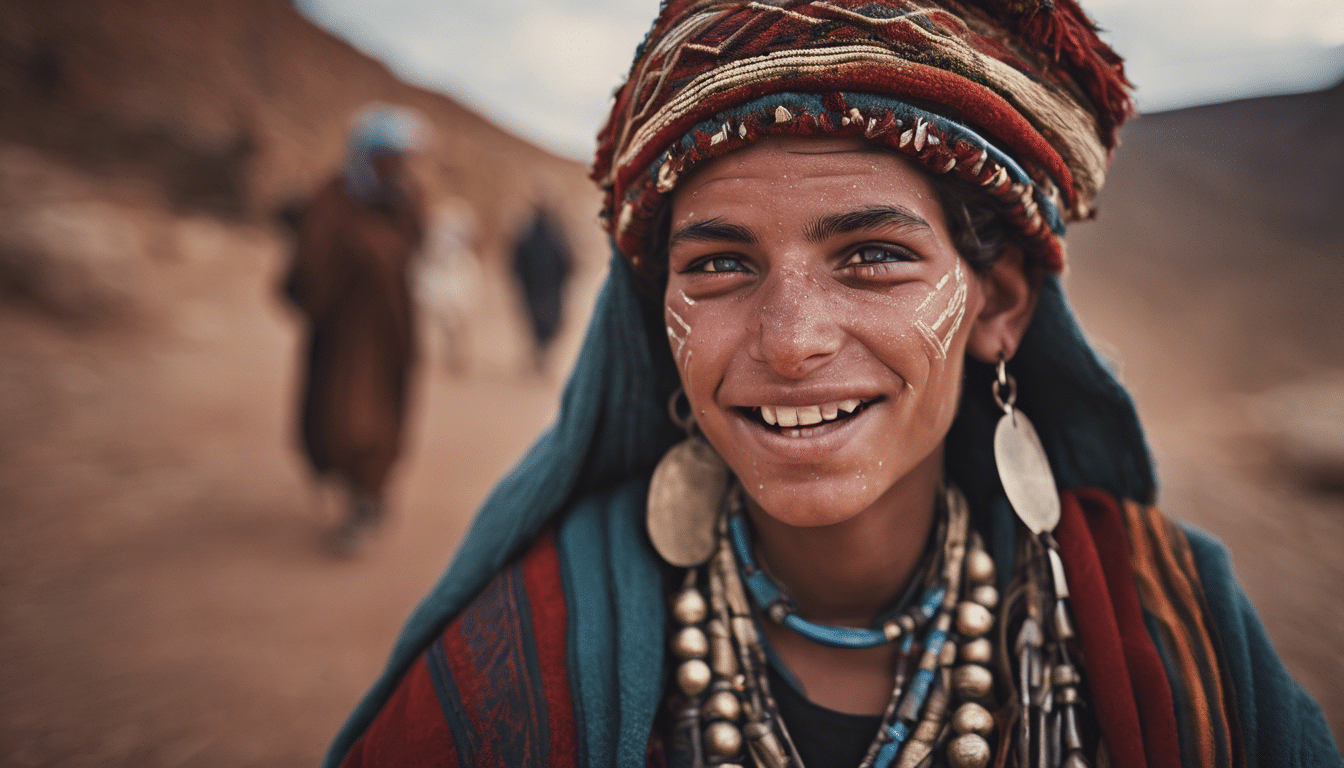
Woven into the diverse tapestry of Morocco’s culture are the Berber tribes, communities with a rich heritage that predates Arab civilization. Through the hustle and bustle of daily life in Morocco, one might catch glimpses of the Berber’s vibrant customs and societal contributions. Let’s embark on a sojourn into their unique world, exploring the daily life and intricate social structure of these ancient tribes.
The Berber Daily Lifestyle
Embodying a spirit deeply connected to the land, the Berbers, or Amazigh, as they call themselves, have historically been known for their nomadic and semi-nomadic ways. With many now settled in villages and towns, their day-to-day existence is a dance with the environment, where agriculture, herding, and artisan crafts take center stage.
On the fertile plains and valleys, you’ll find Berbers tilling the land, nurturing crops like barley, wheat, and a plethora of vegetables and fruits that characterize the Moroccan palette. Goats and sheep dot the landscape being tended to with deliberate care, sustaining families with meat, milk, and wool. The hands of the Berber craftsperson breathe life into materials, creating pottery, textiles, and intricate jewelry that are as much a necessity as they are a form of artistic expression.
Social Structure and Hierarchy
Like the layers of their famed woven rugs, the social structure of Berbers is intricate and multi-faceted. Within their communities, family and tribe are central, with lineage and ancestry holding significant importance. Elders are revered, as keepers of wisdom and traditions, and are often consulted on matters affecting the group as a whole.
A distinct hierarchy is present, yet it varies among different tribes. Some tribes may be led by councils of elders or chiefs, while others vest authority in the hands of village headmen or tribal leaders. Unity and cooperation are the very underpinnings that allow for the tribes to thrive amidst the often harsh conditions they may face.
Gender Roles and Family Life
Delving into family life, each member has a defined role that contributes to the tribe’s welfare. Men are typically responsible for tending to livestock and farming, while women manage the households and the meticulous task of child-rearing. Interestingly, Berber women hold a notable position within the tribe. They are not only homemakers but also key to preserving and passing down oral traditions, crafting skills, and even participating in local commerce.
Ceremonies and Social Gatherings
Cementing social ties, ceremonies, and gatherings are an expression of community life. From traditional weddings with their vibrant attire and days-long celebrations to communal festivities and seasonal harvest gatherings, these events serve both to solidify internal bonds and to intertwine with neighboring communities.
The emphasis on music, dance, and storytelling during these communal moments paints a vivid picture of a society that, while evolving, still clings tightly to the cultural threads of its past. For the Berbers, such gatherings are not just a snapshot of delight but also an affirmation of identity.
Tradition Meets Modernity
Despite the deep roots in tradition, the Berber tribes are not isolated from the march of modernity. Many Berber youths now pursue education and employment outside their immediate communities, blending the knowledge and opportunities of the outer world with their cultural heritage.
Artisan crafts survive, but they now reach global markets, with Berber designs influencing international fashion and interior design. And while the Berber language and dialects struggle amidst dominant languages, efforts are underway to revitalize Amazigh as both a spoken and written means of communication among the youths and academics alike.
In embracing both past and present, the Berber tribes of Morocco stand as testament to the resilience and adaptability of human culture. The Berbers’ daily life and social structure reveal a community that honors its legacy while forging a path into the future.

